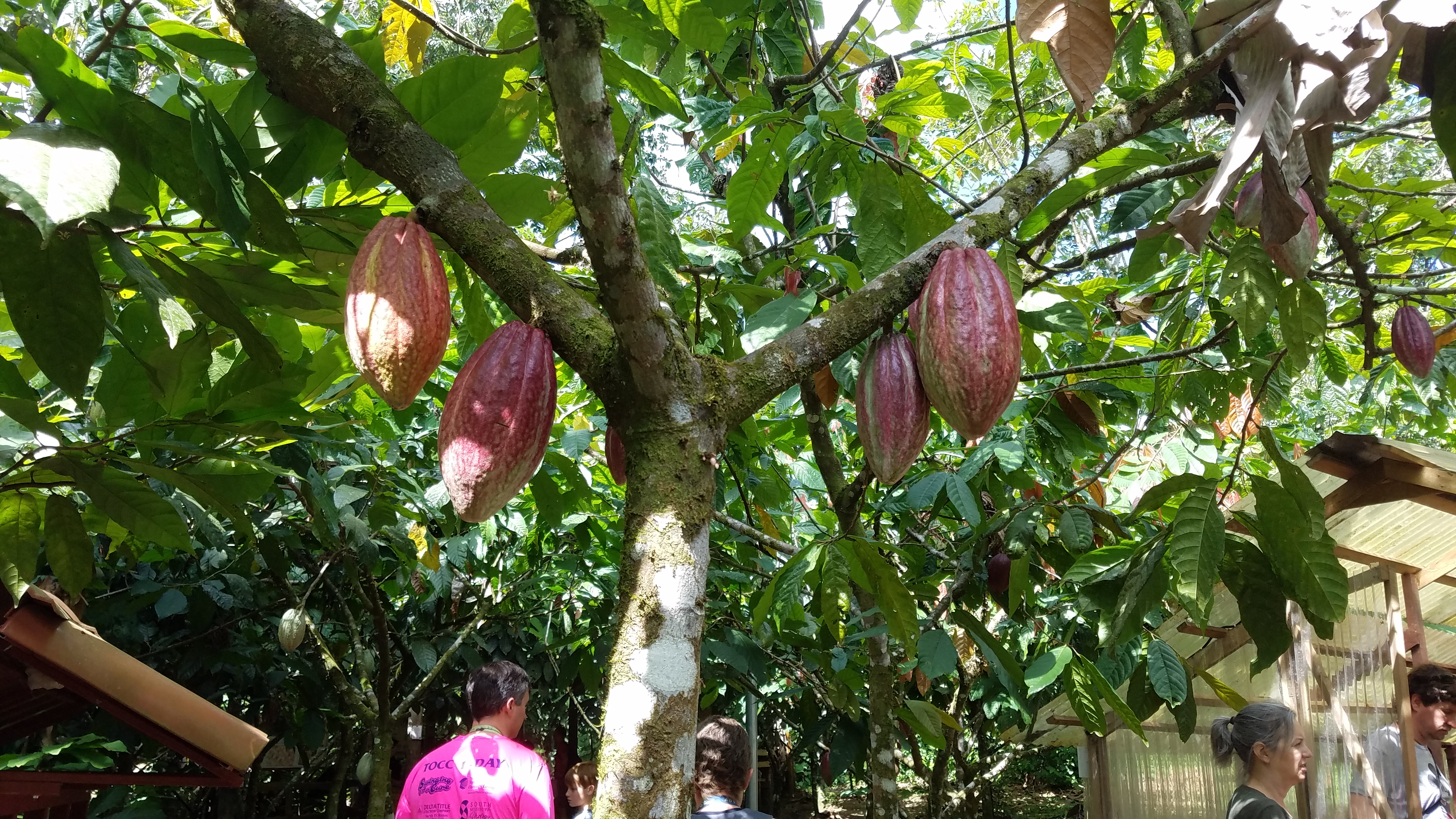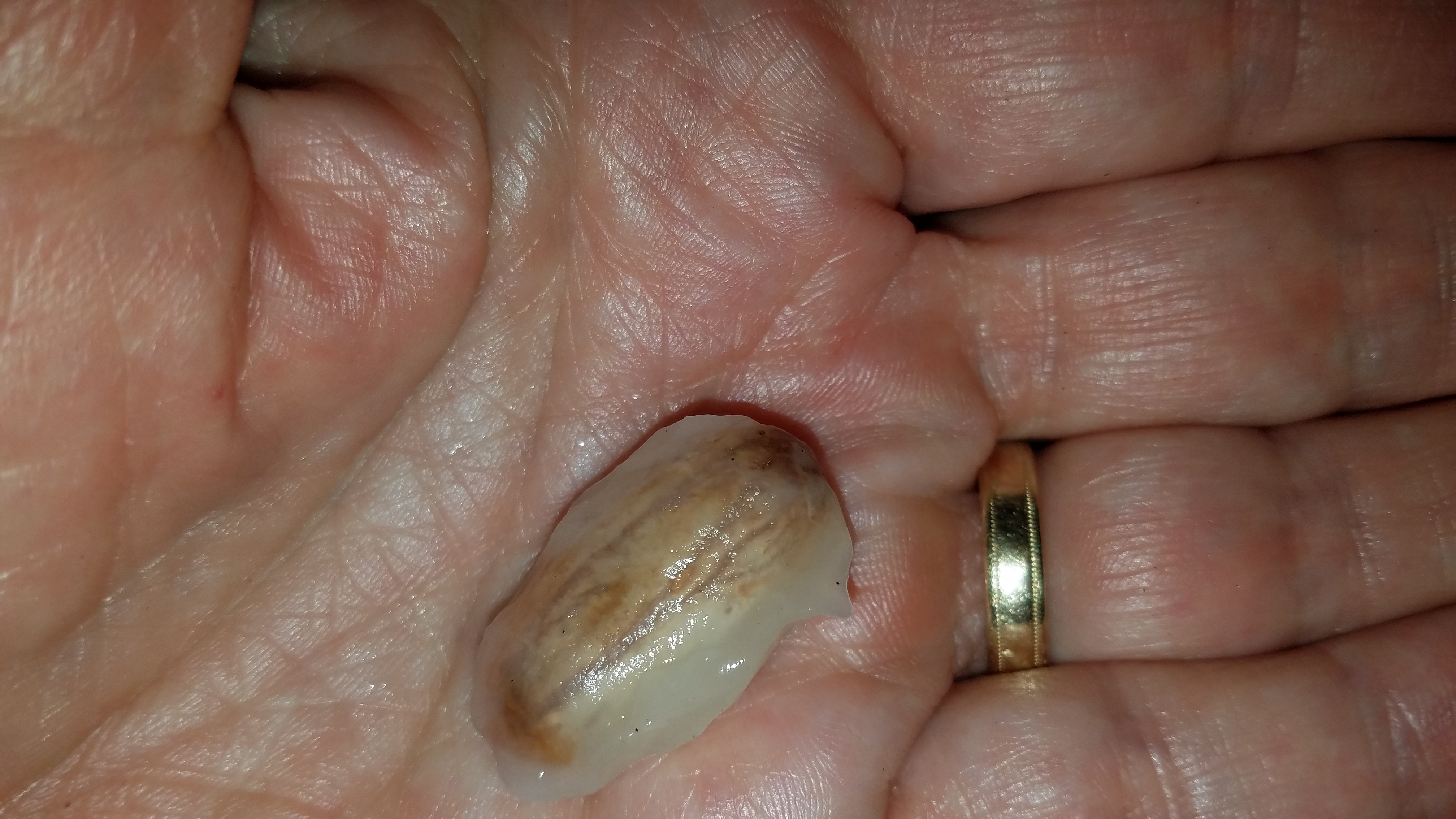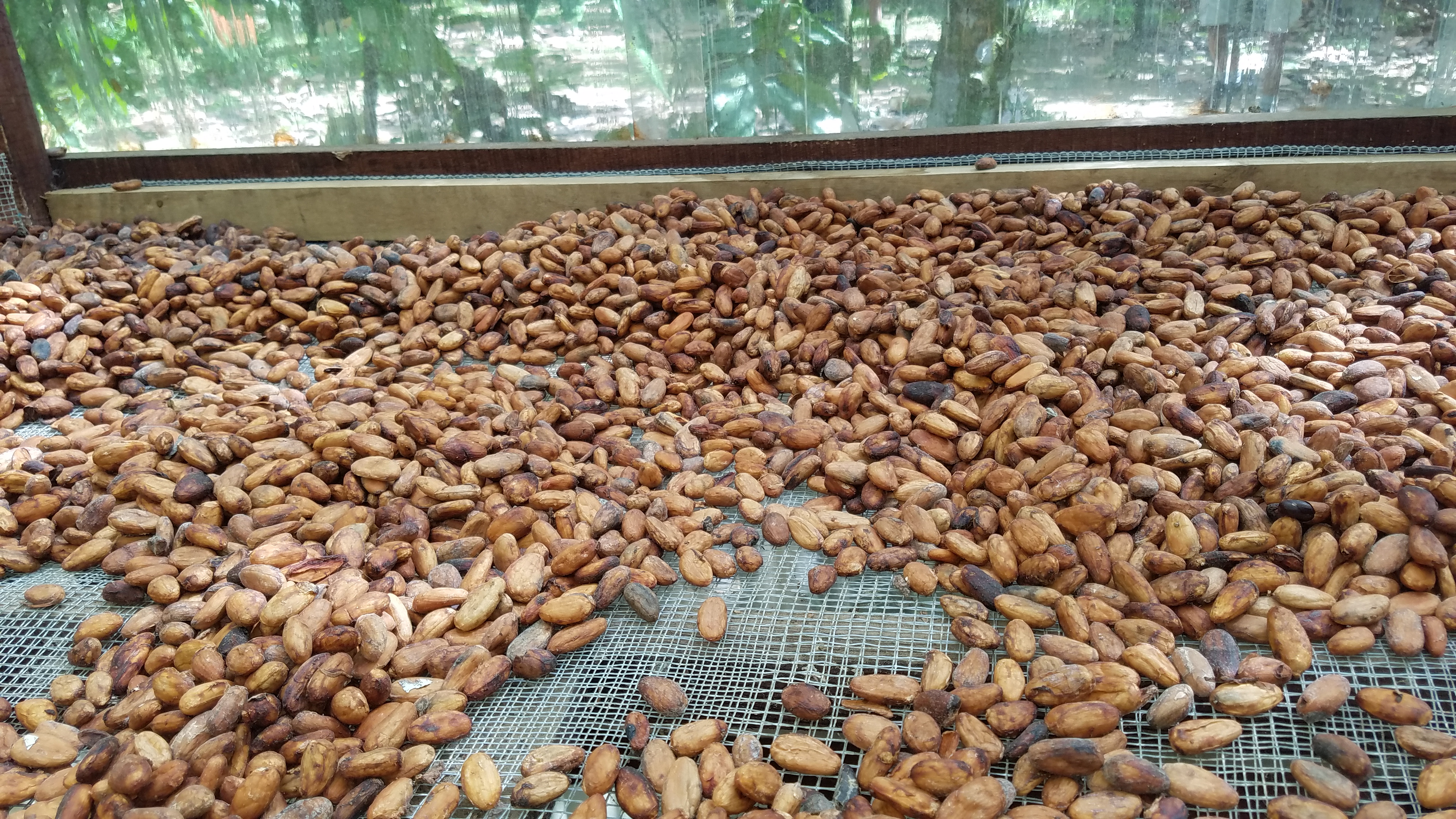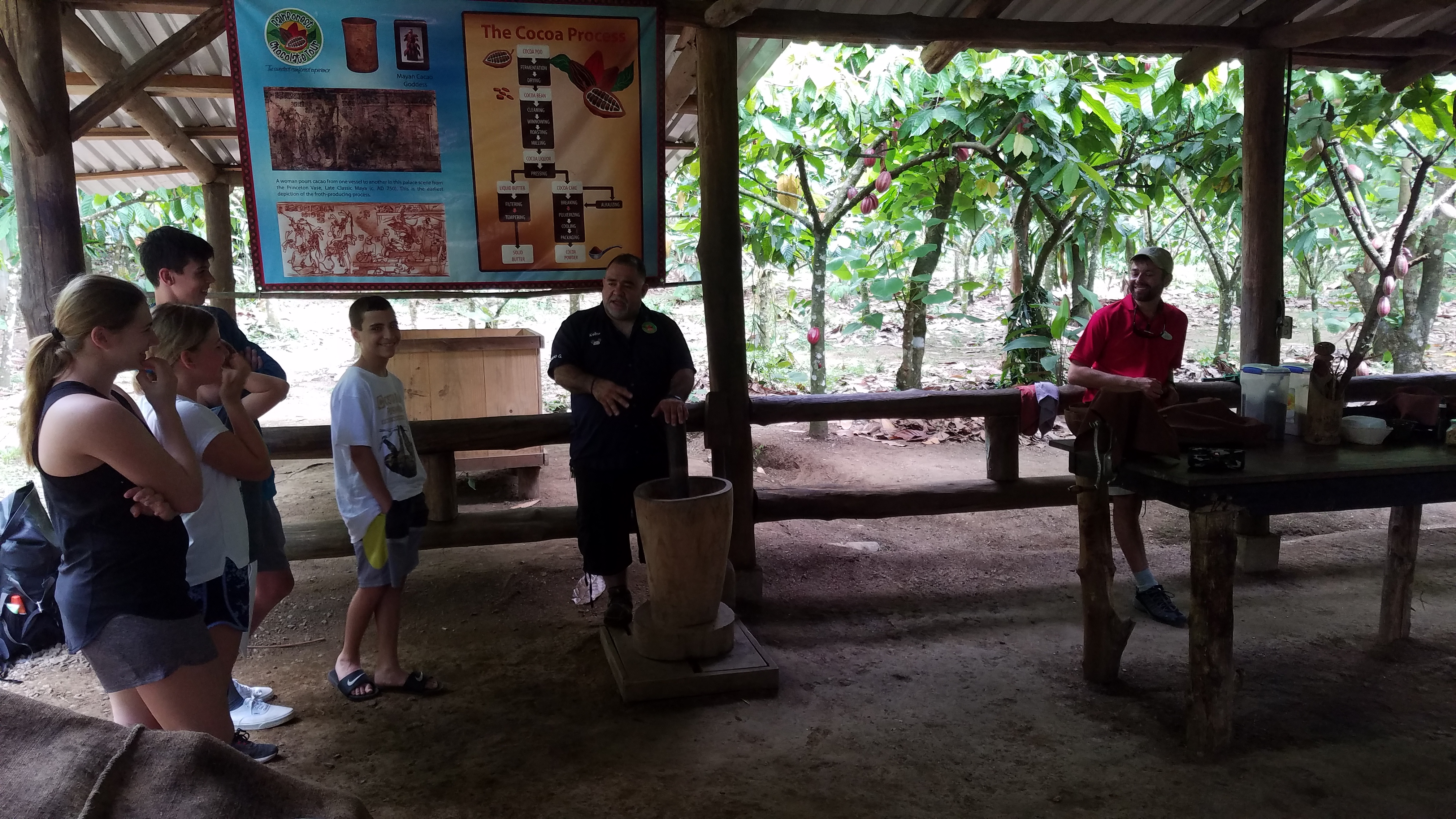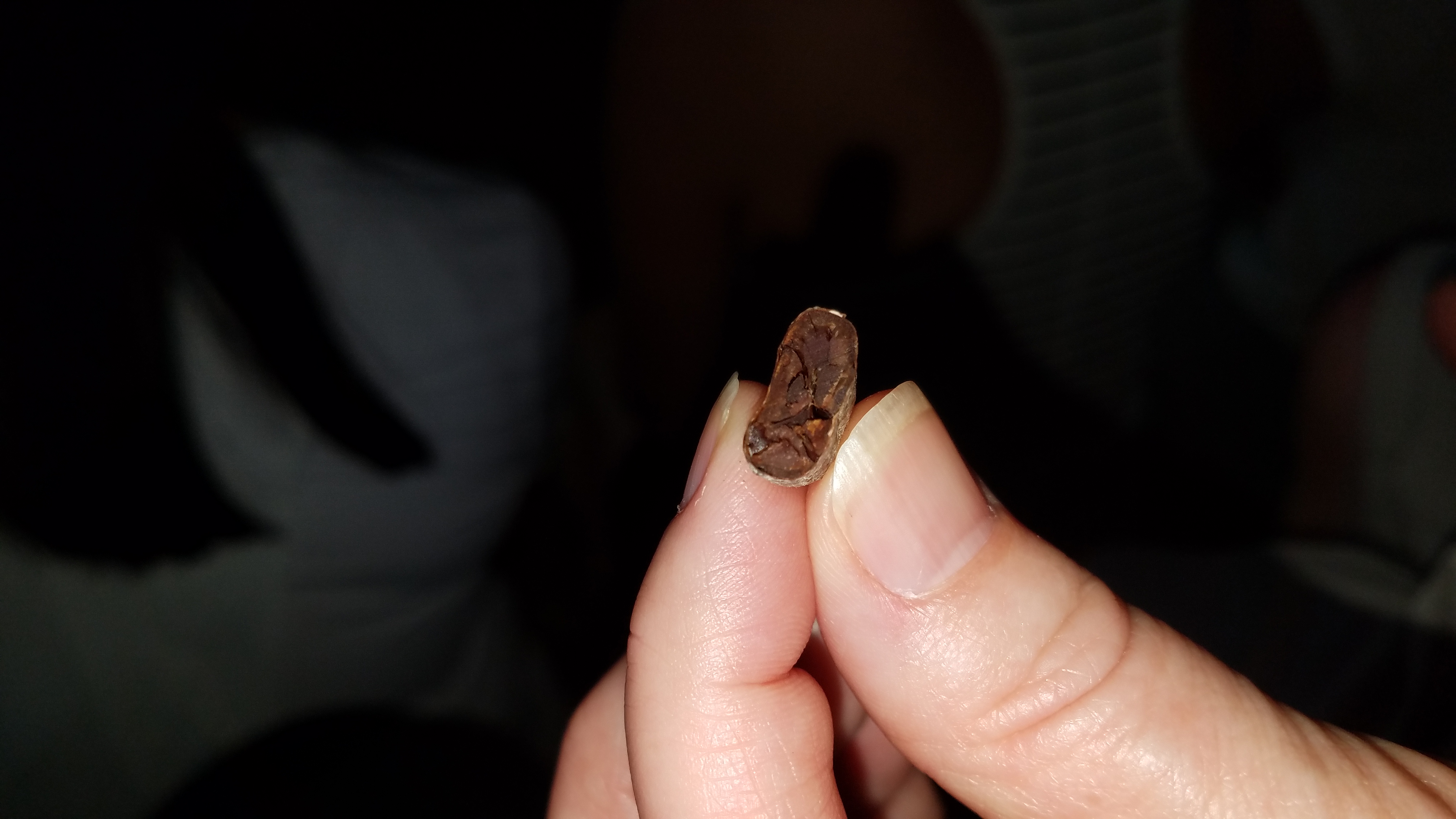Women in the cities might not be responsible for smoking and drying game and pork as well as preserving other types of food but women on farms and certainly on the frontier were.
Most homesteads owned pigs and even in cities the pigs ran free. Chickens might be in coops or be truly free range, foraging for themselves. (That must have made hunting for eggs fun).
And, no matter how much acreage was in corn, rye or other grains, housewives always had a small patch of vegetables. (Many of them must of had flowers too since lists of seeds and bulbs that were brought over included seeds for peach, apricot, apple, plum and cherry trees as well as seeds for snapdragons, peonies, morning glories and tulip bulbs.)Wheat bread was expensive although wheat was grown in Pennsylvania. In Maine rye and buckwheat were the common crops. Most people ate a bread called ‘injun loaf’, a combination of rye and corn.
Vegetables grown included spinach, rhubarb, several kinds of peas, beans as well as turnips, carrots, cabbage, beets and cucumbers. In more southerly climates than Maine artichokes were popular. A variety of herbs were also grown and had to be tied to the rafters and dried every fall.
Where are the potatoes? Although a new world crop (the Incas had thousands of varieties), potatoes did not get to the colonies until late in the 1700s. They quickly became a popular crop. And where are the tomatoes? Considered poisonous a hundred or so years earlier, they were still suspect.
All the vegetables were lumped together under the term garden sass.
Sugar and salt were both expensive. Salt especially was valuable and desperately needed for food preservation. Honey was the most common sweetener – ironic since bees are not native to the New World. They were brought over with the first colonists, however, and quickly became wild. The other common sweetener was from the sugar maple – maple sugar and syrup.
One final comment: the immigrants to this country brought their own eating habits with them so there were variations in what the colonists ate, depending on country of origin. The Scottish, for example, had to give up oatmeal porridge and switch to cornmeal mush for a time.
